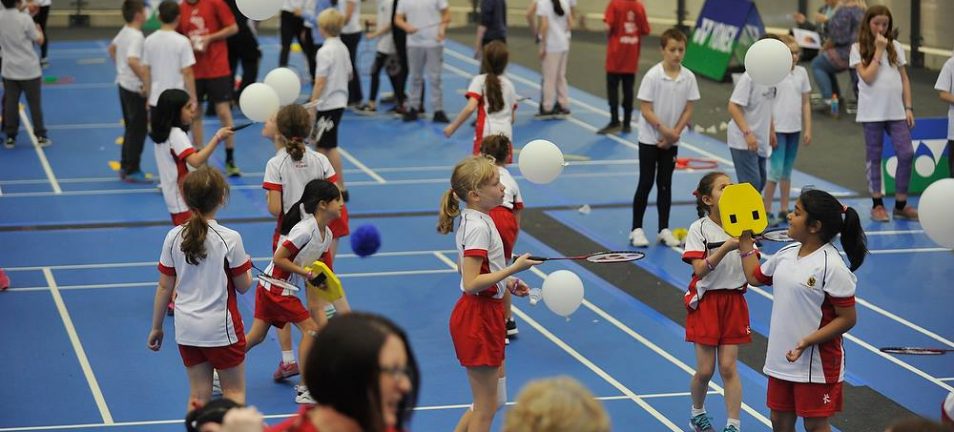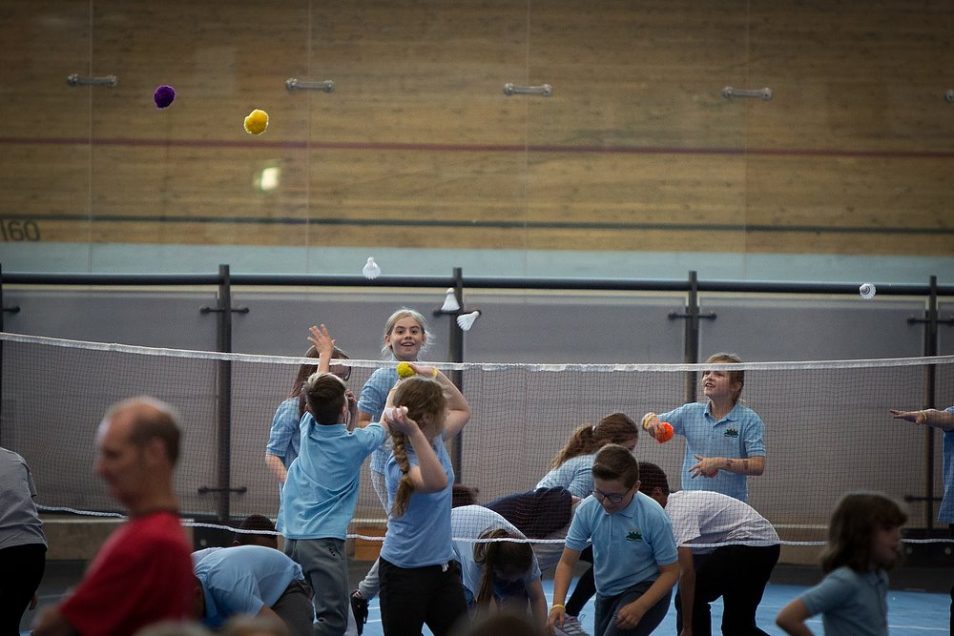
Key Findings
- Engaging in Shuttle Time improved the children’s FMS immediately.
- More importantly, it was maintained for 10 weeks after the intervention had finished, demonstrating Shuttle Time’s sustained and lasting impact on their FMS.
- Those who undertook Shuttle Time twice per week saw larger improvements in their FMS than the group that did it once.
- Motor fitness (movement outcomes) produced similar results.
- The children demonstrated improvements in 10m sprint speed and standing long jump distance post intervention and 10 weeks after.
Significance
FMS development is related to lifelong health, well-being and academic achievement. To develop FMS proficiency, appropriate activities need to be implemented during PE classes. BWF recognises Shuttle Time as an effective means to develop FMS for children aged 5-15. Although badminton-related, Shuttle Time can also apply to a range of sports and physical activities.
Conclusion
The results suggest that Shuttle Time has a positive short term and sustained (post-10 weeks) effect on children’s FMS and motor fitness. It presents an effective mechanism to develop positive health trajectories for children, giving them the fundamental movement skills to lead physically active lives both as children and into adulthood.
BWF Development Chair David Cabello said the study validated BWF’s approach.
“We are extremely gratified by the findings of this study. When we first started to develop the programme, we carried out extensive research on PE national curriculums and their associated performance indicators. We strongly feel this research has vindicated that approach.”

























